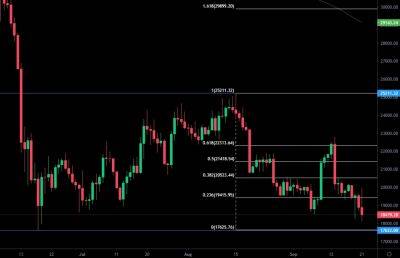Polkadot (DOT) Price Prediction 2025-2030: Will $200 finally be a reality for DOT?
Disclaimer: The datasets shared in the following article have been compiled from a set of online resources and do not reflect AMBCrypto’s own research on the subject.
A brainchild of Ethereum Co-founder Gavin Wood, Polkadot is one of the leading blockchains in the world right now. With a Proof-of-Stake consensus mechanism, it is unique in supporting multiple interconnected chains. In fact, one can argue that its interconnected nature has helped the project earn a significant number of users over the last few years.
Shawn Tabrizi, lead developer at Polkadot network, talked about the possibility of “a cohesive, multi-blockchain future” during an interview with in February 2022. Back then, he also stressed on the need for preserving the fundamentals of data privacy in the Polkadot ecosystem.
Before its launch in May 2020, Polkadot had raised over $144.3 million in October 2017 through the Web3 Foundation in its initial coin offering (ICO) itself. In August 2020, its native crypto DOT’s price reached $6.30 and kept moving between $4 and $5 throughout the rest of 2020.
The Polkadot infrastructure supports two kinds of blockchains, relay chain and parachains.
The central blockchain of the Polkadot infrastructure is the Relay Chain where validators provide consensus for a transaction. The Relay Chain is built in a way so as to coordinate the management and operation of the whole Polkadot infrastructure, with minimal functionality in regard to other applications.
A parachain, on the other hand, is an application-specific chain on the Polkadot infrastructure that is validated by the validators of the Relay Chain itself. Since these chains run parallel to the Relay Chain, they are called parachains. It is here that developers can
Read more on ambcrypto.com





















